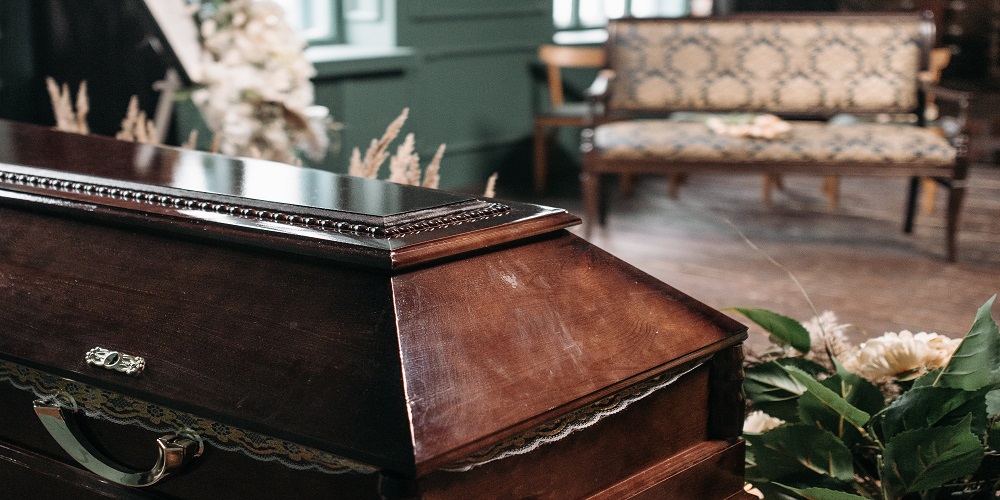The passing of a loved one is a challenging time, filled with emotion and necessary preparations. Among these preparations, one aspect that often requires special attention is the funeral dress codes.
It is especially significant when planning cultural funeral services, which might have specific traditions and expectations. How we dress at a funeral is a silent, visual expression of our respect and mourning; hence, understanding and appropriately setting a dress code becomes crucial.
Despite the solemnity, communicating funeral dress codes need not be daunting. Clear instructions, thoughtful planning, and compassionate communication can be a smooth process. This article aims to guide you on effectively setting up and communicating funeral dress codes, ensuring everyone in attendance can contribute to a respectful and dignified atmosphere.

Understanding Funeral Dress Codes
The dress code for a funeral is often simple. People usually wear black or dark-coloured clothes. It is a way of showing respect and sadness. However, different cultures and families may have their own rules. It’s essential to understand these differences.
Step 1: Decide on the Dress Code
The first step is to decide on the dress code. Think about the person who has died. What would they want? Some people prefer a formal dress code. Others might want a casual one.
Some families may want to celebrate their loved one’s life. They might ask everyone to wear the person’s favourite colour. Or they might prefer a particular style that the person loves.
Step 2: Communicate the Dress Code
Once you decide on the dress code, let everyone know. Here are some ways to do that:
- In the Funeral Invitation: You can include the dress code in the funeral invitation. Make sure to be clear and precise.
- On Social Media: If the person who died had a lot of friends on social media, it might be a good idea to share the dress code there too.
- Through Word of Mouth: Let close friends and family members know. They can help spread the word.
Remember, communication should be respectful and kind. People might be sad, so being gentle when discussing these details is essential.
Step 3: Be Understanding
Sometimes, people might not follow the dress code. They might need to have the right clothes. Or they might have yet to see the information.
When this happens, try to be understanding. The most important thing is that they came to show their respect. Their clothes are less important than their presence and support.
Conclusion: Remember What’s Most Important
While it’s good to set a dress code for a funeral, remember that the focus should be on honouring and remembering the person who has died. Everyone is there to show love and support.
As you prepare for the funeral, think about the person’s life. Reflect on their memories. Share stories about them. Celebrate the love you shared.
If you found this article helpful, please share it with others. It might help someone else navigate the challenging task of setting a funeral dress code. Remember, it’s not just about the clothes. It’s about honouring and celebrating life.
